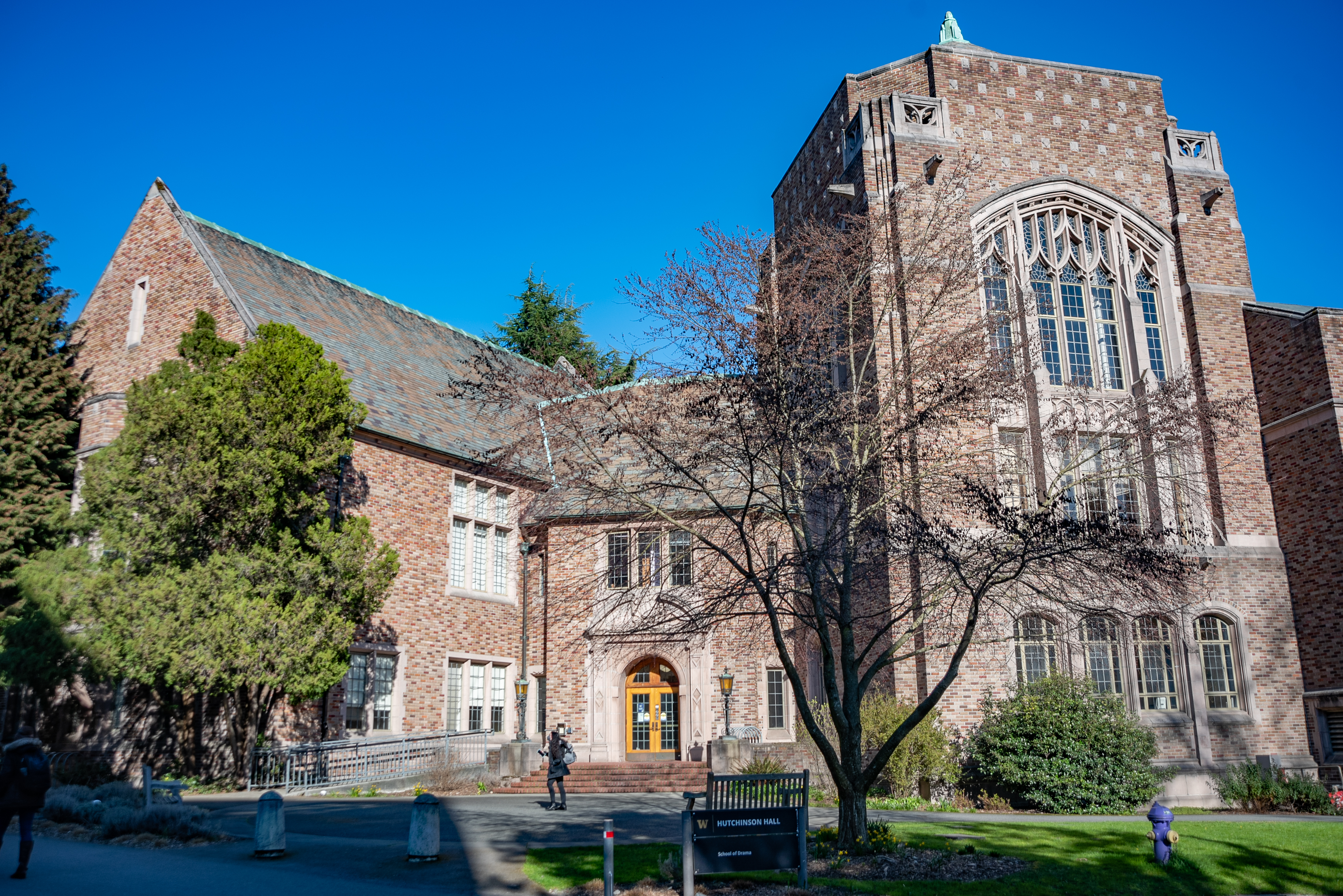Abstract: The "time-space" notion of chronotopes, as presented in Bakhtin's The Dialogic Imagination, has been referenced by Shakespearean scholars as a categorical system to survey structure and genre. Early modernists have yet to examine the relationship between chronotopes and doubling. This is a dramaturgical oversight as I have noted a doubling trend corresponding with each chronotope. Building on Bakhtin's assertion that chronotope determines genre and vice-versa, this thesis augments the concept positing that chronotope also defines doubling in early modern drama. In order to extrapolate on this symbiotic triad, I will chronotopically outline the shows for which I have a doubled acting track to vindicate how doubling derives from Bakhtin's "time-space" designations. To substantiate the importance of this for theatre practitioners, commentary from my experience as both a dramaturge and actor will illustrate these interrelations. In so doing, I prove what may be gleaned from applying a Bakhtinian literary principle to Shakespeare and performance. In essence, my coined terminology for doubling practices: symbolic, practical, and conflicted will pair with each of Bakhtin's chronotopes--the adventure novel of the ordeal, the adventure novel of everyday life, and the ancient biography (respectively). Ultimately, these pairings demonstrate that the spatiotemporal dramaturgy of Shakespeare sways doubling thus extending the dialogic imagination of theatre practitioners.
Rogus, Amanda M. "Spatiotemporal Dramaturgy, Dialogic "Imagination to Give them Shape": The Symbiosis of Doubling Types and Bakhtin's Chronotopes" (MFA Thesis - Dramaturgy & Acting Concentration)
Adviser
